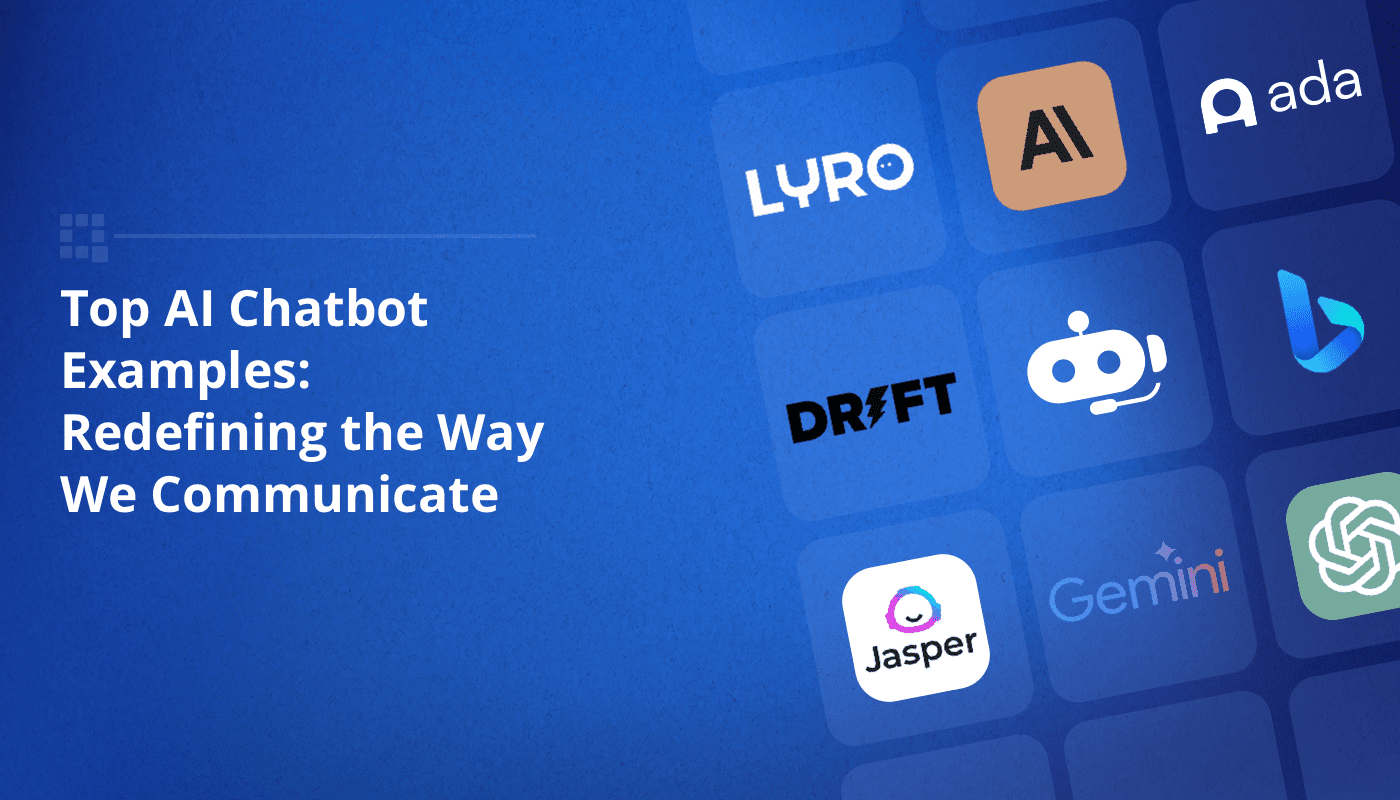Increase Involvement and Effectiveness Making Use Of AI Chatbots
As companies significantly look for ingenious remedies to enhance operational effectiveness and customer engagement, AI chatbots emerge as a crucial tool in this transformation. By automating regular communications and offering 24/7 support, these smart systems not only alleviate the problem on human representatives however also use beneficial understandings into consumer behavior. The implementation of AI chatbots is not without its difficulties and subtleties. Checking out the tactical integration and potential results of this technology may disclose greater than simply operational benefits, triggering a closer assessment of its wider ramifications for the future of consumer communication.
Comprehending AI Chatbots
AI chatbots have actually transformed the way companies interact with their consumers, offering 24/7 support and interaction at scale. These innovative software application applications use all-natural language handling (NLP) and artificial intelligence formulas to mimic human conversations, making them with the ability of understanding and reacting to individual questions in genuine time.
The architecture of AI chatbots generally contains a customer interface, a backend handling system, and a data base. The user interface enables customers to input questions through text or voice, while the backend processes these inputs, using NLP to analyze intent and context. The data base is a database of info that the chatbot can attract from to supply accurate actions.
AI chatbots can be categorized into two primary classifications: rule-based and AI-driven. Rule-based chatbots comply with predefined scripts and are restricted in their conversational capacities, while AI-driven chatbots utilize maker finding out to boost their interactions in time, enabling them to manage extra complex questions.
Including AI chatbots right into client solution methods not only enhances functional performance however likewise cultivates better consumer experiences through punctual and customized interactions.
Advantages of AI Chatbots
The integration of chatbots into customer care structures uses numerous benefits that can considerably enhance business performance. One of the key benefits is the capability to provide 24/7 assistance, making certain that consumer queries are addressed quickly, regardless of time zones or working hours. This continuous accessibility cultivates a higher level of consumer satisfaction and retention.
Additionally, AI chatbots simplify operations by automating recurring jobs and taking care of a large volume of inquiries at the same time. This efficiency not just decreases the work on human agents but likewise permits them to concentrate on even more complex issues that require a personal touch. Companies can achieve much better resource appropriation and boosted performance.
In addition, chatbots can examine client communications and collect valuable data, allowing organizations to obtain understandings right into client preferences and habits. This details can inform advertising techniques, item advancement, and overall solution enhancement.
Implementing AI Chatbots Effectively
Efficiently implementing AI chatbots requires careful preparation and technique. Organizations should initially identify particular objectives for the chatbot, such as improving consumer solution, improving operations, or providing immediate assistance. A detailed understanding of the target audience is necessary, enabling businesses to customize the chatbot's tone, language, and functionality to satisfy customer assumptions.
Following, choosing Go Here the appropriate system and modern technology is critical. Organizations must review different chatbot structures, taking into consideration elements such as integration capacities, scalability, and ease of use. top 10 ai chatbots. Additionally, making sure that the chatbot can seamlessly incorporate with existing systems will improve overall performance
Designing an instinctive individual experience is important for efficient engagement. This includes creating conversational circulations that anticipate user requirements and giving clear motivates for interaction. Routinely upgrading the chatbot's knowledge base and incorporating comments systems will certainly further fine-tune its efficiency.

Determining Interaction and Performance
Assessing the effectiveness of AI chatbots is important for understanding their influence on interaction and functional effectiveness. Organizations should develop crucial efficiency indications (KPIs) customized to their details goals. Usual metrics include customer interaction prices, feedback times, and resolution prices, which jointly provide understanding into how well the chatbot satisfies customer requirements.
Engagement can be measured with metrics such as customer retention, the frequency of interactions, and responses scores. Analyzing conversation logs can reveal patterns in individual inquiries and identify areas for improvement. Furthermore, examining individual contentment via studies can supply qualitative insights right into the chatbot's performance.
On the operational efficiency front, metrics like the reduction in human representative workload and the typical cost per communication can highlight the chatbot's contribution to resource optimization. Tracking the time taken to solve questions can help identify traffic jams in the process.
Routinely examining these metrics allows companies to make data-driven decisions, enhancing chatbot capability and user experience. By constantly measuring involvement and performance, businesses can adjust their methods to optimize the benefits of AI chatbots, guaranteeing they stay an important possession in customer communications.
Future Trends in AI Chatbots

An additional fad is the unification of artificial intelligence algorithms that allow chatbots to pick up from previous interactions and continually enhance their reactions. This flexible discovering process will certainly make it possible for chatbots to deal with complicated inquiries and offer customized options gradually.
Moreover, the rise of multichannel deployment will certainly see chatbots running seamlessly throughout different systems, such as social networks, websites, and mobile applications. This omnichannel presence ensures that organizations can involve consumers wherever they are, improving access and customer experience.
Finally, a concentrate on moral AI principles will certainly shape the growth the original source of chatbots, emphasizing transparency, information personal privacy, and bias reduction. As these fads create, organizations can anticipate AI chatbots to end up being much more indispensable to their engagement and performance strategies, driving considerable improvements in consumer interaction and operational efficiency.
Verdict
In verdict, AI chatbots stand for a transformative pressure in enhancing engagement and effectiveness within different markets. As modern technology continues to develop, the possibility for AI chatbots to drive organization outcomes and enhance processes will just raise, shaping the future of client solution.